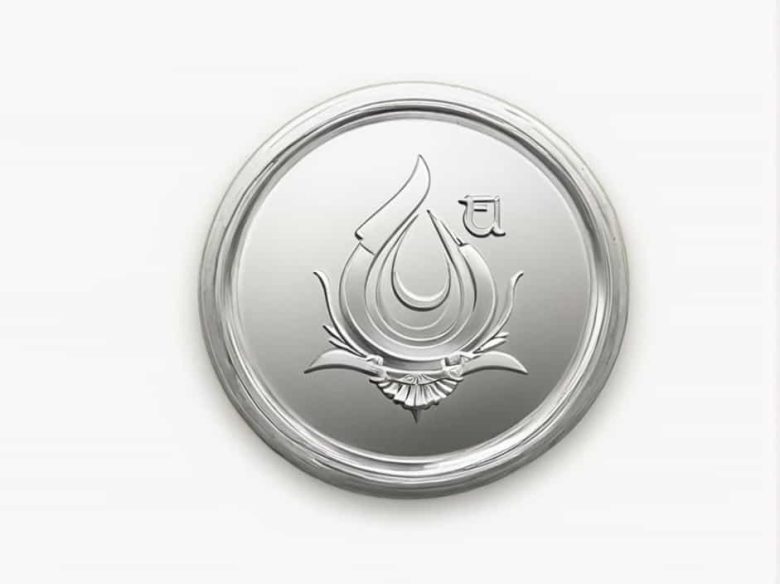The exchange rate between the Qatari Riyal (QAR) and the Indonesian Rupiah (IDR) is a crucial metric for individuals and businesses engaged in trade investment or travel between Qatar and Indonesia. As of March 13 2025 the exchange rate stands at approximately 1 QAR = 4512.29 IDR.
This topic delves into the factors influencing this exchange rate its recent trends and its implications for various stakeholders.
Recent Trends in QAR to IDR Exchange Rate
Historical Performance Over the Past Six Months
Over the last six months the QAR/IDR exchange rate has experienced fluctuations. The lowest point was on September 26 2024 when 1 QAR equaled 4141.75 IDR. The highest rate occurred on March 3 2025 reaching 1 QAR = 4549.32 IDR.
This indicates a general appreciation of the Qatari Riyal against the Indonesian Rupiah during this period.
Monthly Averages and Notable Changes
-
September 2024: The QAR/IDR rate hovered around 4150 IDR marking the lowest levels in the observed period.
-
December 2024: A gradual increase was noted with rates averaging approximately 4300 IDR.
-
February 2025: The exchange rate surged averaging around 4500 IDR reflecting a strengthening Qatari Riyal.
Factors Influencing the QAR/IDR Exchange Rate
Several factors contribute to the fluctuations in the QAR to IDR exchange rate:
1. Economic Indicators
-
Qatar: As a leading exporter of natural gas Qatar’s economy benefits from global energy prices. Rising energy prices can bolster the Riyal’s value.
-
Indonesia: Indonesia’s economy relies on commodities like palm oil and coal. Global demand and prices for these commodities can impact the Rupiah’s strength.
2. Inflation Rates
A higher inflation rate in Indonesia compared to Qatar can lead to a depreciation of the Rupiah against the Riyal affecting the exchange rate.
3. Interest Rates
Differences in interest rates set by the central banks of both countries can attract or deter foreign investment influencing the exchange rate dynamics.
4. Political Stability
Political events policy changes or instability in either country can lead to fluctuations in their respective currencies.
Implications of Exchange Rate Fluctuations
1. For Businesses
-
Importers and Exporters: A stronger Riyal makes Qatari goods more expensive for Indonesian importers while Indonesian exports become cheaper for Qatari buyers.
-
Contract Pricing: Businesses engaged in bilateral trade must consider exchange rate volatility when setting contract prices to mitigate potential losses.
2. For Individuals
-
Remittances: Indonesian expatriates in Qatar may find that a stronger Riyal increases the value of remittances sent back home.
-
Travel and Tourism: Qataris traveling to Indonesia may benefit from favorable exchange rates making travel more affordable.
3. For Investors
-
Currency Hedging: Investors dealing in QAR and IDR must employ hedging strategies to protect against adverse currency movements.
-
Market Opportunities: Fluctuations can present arbitrage opportunities for savvy investors in the foreign exchange market.
How to Monitor and Respond to Exchange Rate Changes
1. Utilize Reliable Currency Conversion Tools
Platforms like XE.com provide real-time exchange rates and historical data aiding in informed decision-making.
2. Stay Informed on Economic Developments
Regularly following economic news from both Qatar and Indonesia can provide insights into potential currency movements.
3. Consult Financial Advisors
For significant transactions or investments seeking advice from financial experts can help navigate the complexities of currency fluctuations.
The QAR to IDR exchange rate as of March 13 2025 reflects a strengthening Qatari Riyal over the past six months. Understanding the factors influencing this rate is essential for businesses individuals and investors engaged in Qatari-Indonesian financial activities. By staying informed and employing strategic financial practices stakeholders can effectively manage the implications of exchange rate fluctuations.



